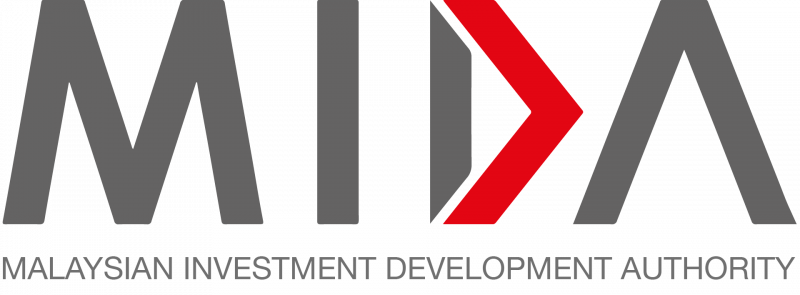Malaysia’s chairmanship of Asean will catalyse country’s digitalisation, attract foreign investors: TeamViever
04 Nov 2024
Malaysia’s assumption of the Asean chairmanship next year will be a catalyst for the country’s adoption of advanced technologies, especially in digitalisation, and make it more appealing to foreign investors.
The CEO of German software company TeamViewer, Oliver Steil, said the company could be interested in investing in Malaysia in the next five years.
“No concrete plans at the moment, but we keep investing in different countries, so I would not be surprised if we build a presence (in Malaysia) over the next five years,” he told Bernama recently.
TeamViewer is known for its remote control software, which claims to connect everything from oil rigs to technology companies and even Formula One teams. Headquartered in the southern German city of Goppingen, the company’s remote control software is traditionally used by information technology support teams.
Steil said that against a backdrop of Malaysia’s push towards digitalisation both domestically and regionally, he sees Malaysia as having huge potential in the digitalisation of the economy.
“There is probably a lot of digitalisation (process and technology) coming to (Malaysia). The economy is strong in Malaysia, and there are some big companies that will drive technological advancements.”
Steil said TeamViewer, as a technology giant, was still focused on its business in Singapore and could serve Malaysia from the country. From a regional perspective, he added, Asean is an interesting growth area in which TeamViewer has put additional focus and investment.
Asean’s push towards digitalisation is amplified by the region’s Digital Economy Framework Agreement.
The agreement’s purpose is to provide an overarching framework for greater clarity on digital elements of Asean’s ongoing and future activities and to support a clearer ownership structure for sectoral bodies of issues and outcomes.
Asean’s digital economy is reportedly estimated to grow from US$300 billion to almost US$1 trillion (RM4.36 trillion) by 2030. The regional bloc is one of the world’s fastest-growing economies, with the International Monetary Fund forecasting its average real gross domestic product growth (GDP) to reach 4.6% in 2023 and 4.7% in 2024.
Concurring with Steil, TeamViewer Asia-Pacific president Sojung Lee said Asean holds huge opportunities for the technology industry as the region’s population of more than 670 million is double that of the United States.
“With an ageing workforce and the need to train the younger population no matter where they are, the only way to do this is by scaling up quickly with technological support. With Malaysia leading Asean via its chairmanship in 2025, it stands well positioned to effect this change.”
Lee said the need to shorten worker training times is a challenge many countries face. She said this is especially vital in Malaysia, where the service industry accounts for 50% of the country’s GDP.
“Therefore, the need for excellent customer service is critical. Integrating technology such as AI and AR into training and providing an immersive customer experience will be crucial for the region to continue to grow,” Lee said.
Source: Bernama


